
1. 12 men and a sentence (1957)
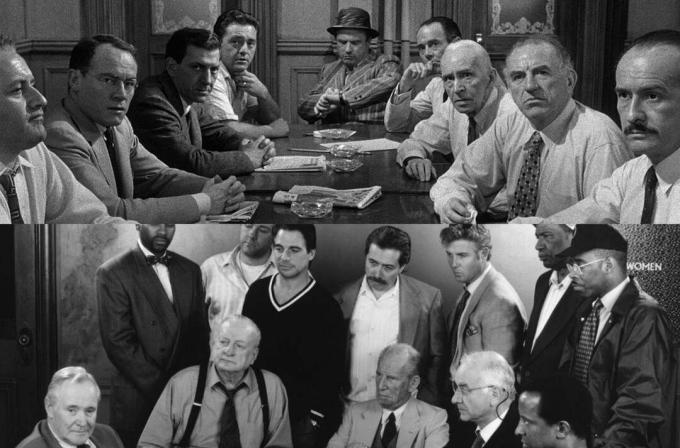
see more
Company launches the 1st "flying saucer" for crew members; meet…
Mercury entered Leo; find out how it will impact your sign
The story deals with the decision of twelve jurors in a court of law on the guilt or innocence of a young Puerto Rican man accused of fratricide. The young person can only be considered guilty if his guilt is unanimously indubitable.
Eleven of the jurors vote for the conviction, with the exception of the character of Henry Fonda, who explains the reasons for his decision and tries to reach a consensus with the other members of the jury.
Directed by master Sidney Lumet, written by Reginald Rose and starring Henry Fonda, this is a classic studied in the areas of law, psychology and philosophy.
Becoming more tense as the film progresses, the camera adopts closer shots, the cuts become more frequent and the discussions more heated.
Aspects of the human psyche are brought to light, such as prejudices, biases, collective thinking and latent violence in American society
2. Eternal Sunshine of the Spotless Mind (2004)

Blending comedy, drama and science fiction, award-winning screenwriter Charlie Kaufman has written a story about a world where it is possible to selectively erase memories.
After ending a long relationship, Clementine (Kate Winslet) decides to forget about Joel (Jim Carrey). Joel, still in love with Clementine, falls into a depression when he discovers her attitude. He then has to decide if he wants to do the same and erase part of his life and learning.
Running for the longest time inside Joel's head, this is an ambitious film that proposes a mature and poetic reflection on relationships and identity.
To what extent erasing memories is erasing the life story that makes up the personality? Is the least painful path necessarily the most fruitful? These are some of the questions raised by the work.
3. Amnesia (2000)

Leonard (Guy Pearce) is looking for the man who killed his wife. However, he suffers from a condition that prevents him from forming long-term memories.
Leonard cannot withhold a fact, where he is going or why, for more than a few minutes. So, to conduct his search, he needs to photograph, write down, tattoo important facts.
“Memento”, in the original, was written and directed by Christopher Nolan and reflects the interest in the structure that the filmmaker would present for the rest of his career.
With fragmented chronology, watching the film is a participatory experience. The viewer is brought inside the protagonist's tattooed skin and led to understand themes such as revenge and violence.
4. One Flew Over the Cuckoo's Nest (1976)
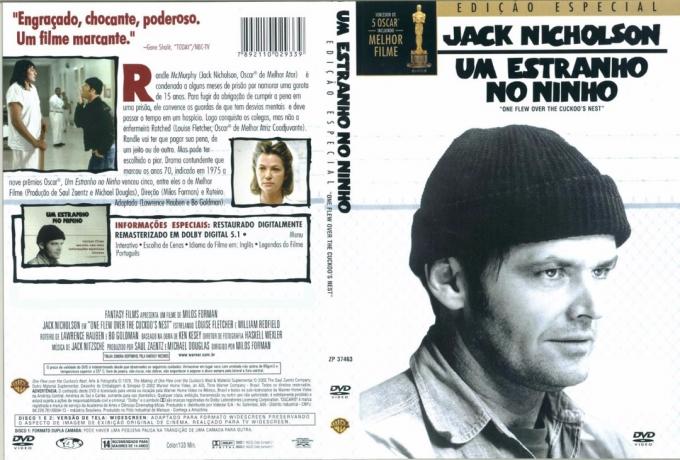
Randle Patrick McMurphy (Jack Nicholson), is a criminal who simulates madness to avoid being arrested in regular jail. He is then sent to a mental institution.
There, he gets involved with the inmates and with the rigid organization of the institution. He revolts against the abuses committed by the clinic against the vulnerable and tries to defend them.
One Flew Over the Cuckoo's Nest is an absolute classic on mental health. Filmed in an actual psychiatric clinic, it was filmed in a time when respect for inmates received far less attention than it does today.
It ranks number 33 on the American Film Institute's list of the top 100 films and was the second film to receive the five main Oscars (Best Picture, Best Director, Best Screenplay, Best Actor and Best actress)
5. Rain Man (1988)

When Charlie Babbitt's (Tom Cruise) millionaire father dies, he leaves him nothing but roses and a car. His remaining fortune goes to an unknown Raymond Babbit (Dustin Hoffman).
Charlie investigates and discovers that the beneficiary, Raymond, is his autistic older brother. Charlie approaches the vulnerable Raymond, willing to fight for custody of his brother.
In 1988 autism was much less understood than it is today and received less attention. The film was one of those responsible for raising awareness about the condition and demystifying autism.
Dustin Hoffman's methodical performance helped shed light on the complexity of the autism spectrum for audiences.
6. Fight Club (1999)
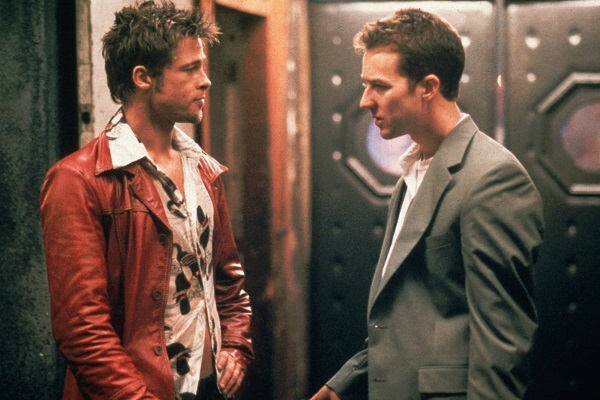
An unnamed protagonist (Edward Norton) suffers from insomnia and depression. He gets involved with a strange salesman named Tyler Durden (Brad Pitt) and begins to adopt several of his misanthropic idiosyncrasies and criticisms of consumerist society.
He starts to live in a decrepit house and abandons his upper middle class life. Their friendship is compromised when a woman, Marla (Helena Bonham Carter), attracts Tyler's attention.
Fight Club is the type of work so impactful that it changes the genre to which it belongs. Today it is impossible to make a film in the “unreliable narrator” category without having Fight Club in mind, and all films in the category will inevitably be compared to this one.
Fight Club does not seek to provide an accurate portrayal of schizophrenia or dissociative disorder. identity, but to provide, through the stylized narrative, a reflection about the reality and fabric Social.
7. Taxi Driver (1976)
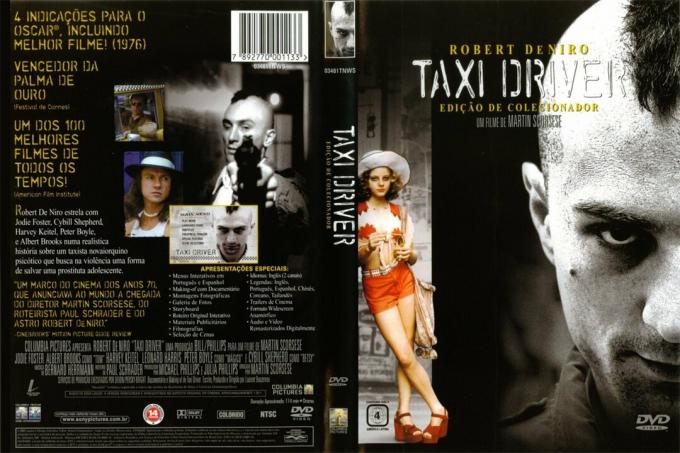
Upon returning from the Vietnam War, Travis Bickle (Robert De Niro) gets a job as a taxi driver. With no responsibilities or relationships to anchor his life, Travis works around the clock as he slowly descends into loneliness and alienation. Isolation and the feeling of being a renegade turn him into a harmful antisocial.
Taxi Driver is a treatise on loneliness and one of the most influential films of the 20th century. Martin Scorsese's inventive cinematography changed character makeup in American cinema. Travis' inner world is portrayed through the subjective camera and realistic dialogues.
8. 8½ (1963)

Director Federico Fellini made a film in which Guido Anselmi (Marcello Mastroianni) is a director with writer's block trying to complete a film.
Simple in plot, but with complex narrative and characters, 8½ is one of the pillars of metalanguage in cinema. Fellini promotes an honest dialogue about making art with the audience, about what art is, about why we do what we do.
9. Who's Afraid of Virginia Woolf (1966)
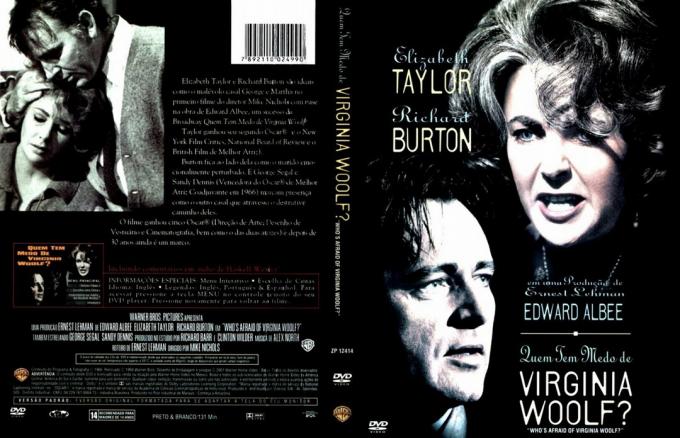
History professor George (Richard Burton) and his alcoholic wife Martha (Elizabeth Taylor) clash with a younger, less disillusioned couple.
Nick (George Segal) and his shy wife Honey (Sandy Dennis) expose the other couple's traumas and have their illusions shattered by discord.
Who's Afraid of Virginia Woolf exposes the naivety of the American Dream and how traumatic events can cause lasting damage.
Based on the play by Edward Albee, the film pays close attention to snarky dialogue and deeply damaged character composition.
10. The Sniper (1978)

Childhood friends, hailing from the working class of a small town, are thrust into the brutality of the Vietnam War shortly after their wedding and their last group hunt.
Claims about military glory are proved false by the absurdity and cruelty of war. Even the wives, who did not go to war, have the trajectories of their lives altered by the event.
The Vietnam War made great movies. Sniper is certainly the most introspective and psychological of them and, along with Born to Kill (1987) and Apocalypse Now (1979), it buried the notion that war is glorious. The film won five Academy Awards, including Best Picture and Best Director.


